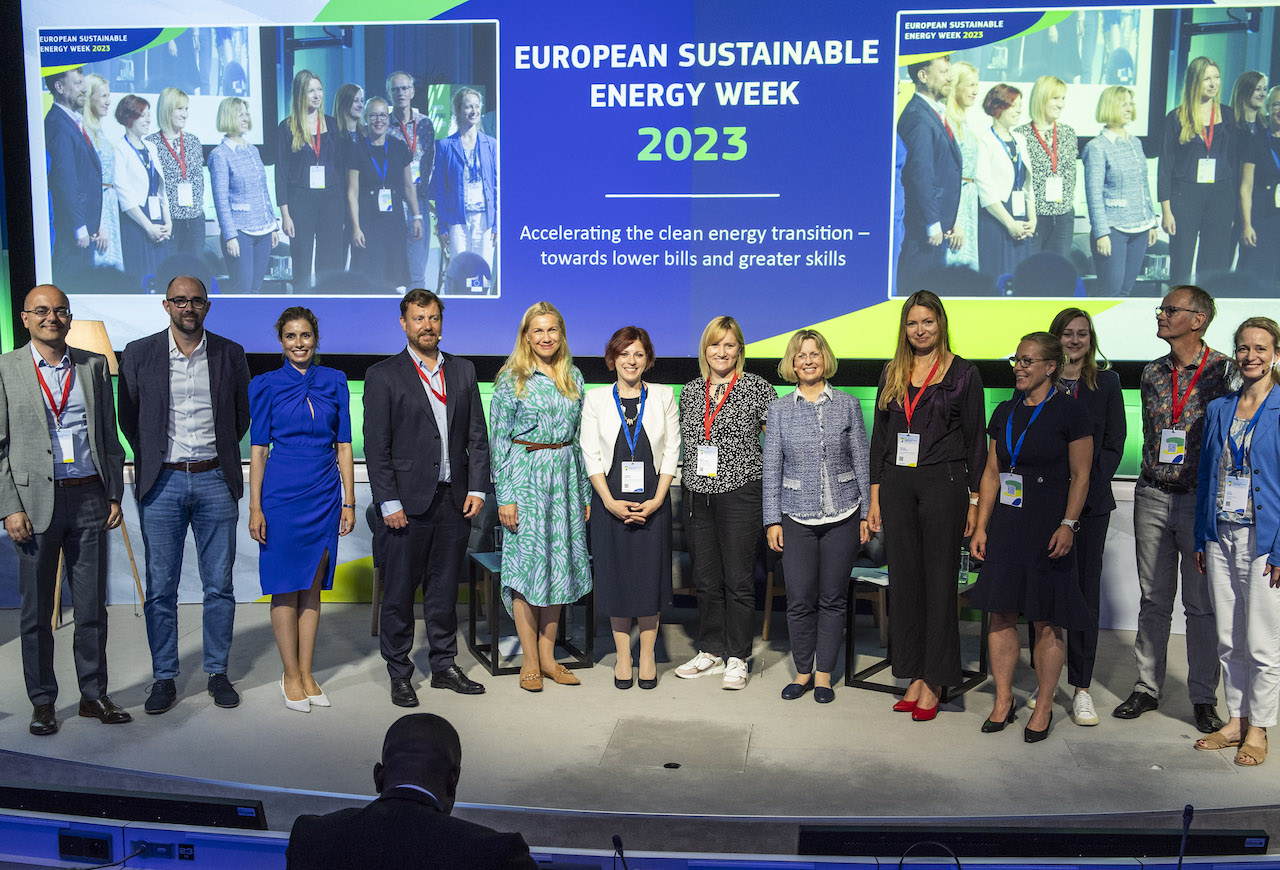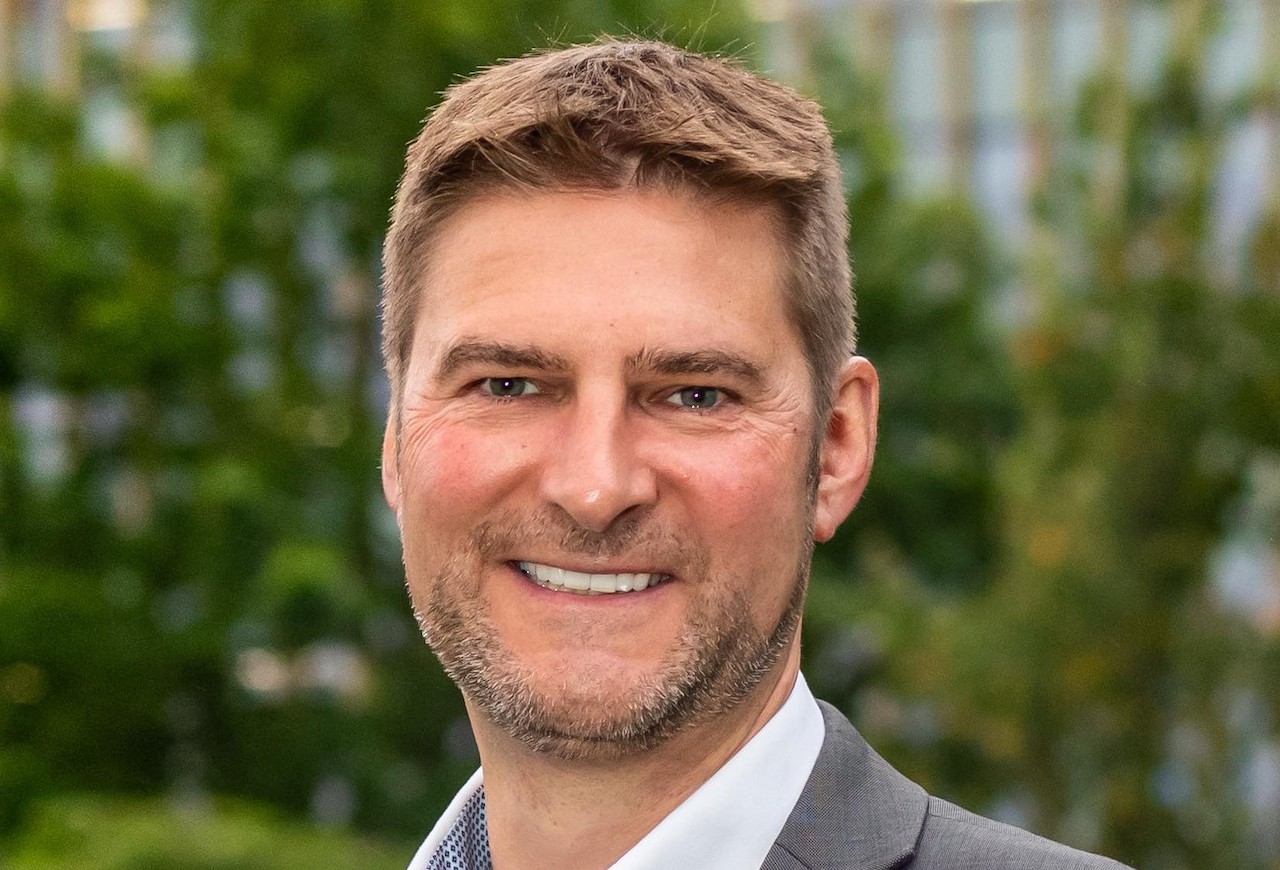Last week’s European Sustainable Energy Week in Brussels covered everything related to renewables and efficient energy use, including the role of private capital in accelerating the transition to clean heating and cooling.

Billed as the biggest annual event dedicated to renewables and efficient energy use in Europe, European Sustainable Energy Week (EUSEW) is organised by the European Climate, Infrastructure and Environment Executive Agency (CINEA) and the European Commission’s Directorate-General for Energy.
During the week, the main policy conference in Brussels featured several sessions of relevance to impact investors, including one focused on fast-tracking the clean heat transition by leveraging private capital to modernise district heating and cooling (DHC). This is no trivial matter because heating and cooling Europe’s ageing building stock is a major source of greenhouse gases, and yet only 30% of the needs are currently met by bio-renewables.
Panellists talked about ways to make renewable DHC more attractive to private capital and the role of public financing (grants and guarantee schemes) at EU and national levels in de-risking especially early-stage investment.
Participants heard that Europe’s newish Green Deal Industrial Plan, REPowerEU, and earlier Sustainable Finance Strategy are key instruments in mobilising clean and efficient energy investment.
With the Fit-for-55 package set in motion by EU legislators in 2021, the goal is to revamp EU climate and energy regulations to help member states reach the more ambitious 55% greenhouse gas reduction target for 2030, compared to 1990 levels, and ultimately achieve climate neutrality in 2050.
The package also looks to mobilise more capital for energy efficiency developments in EU countries through the likes of innovative financing schemes and green lending products. Here, clean energy for heating and cooling is expected to feature prominently in planned changes to the EU’s Energy Efficiency Directive (EED) under the ‘fit-for-55’ banner.
The timing of this extra push is prescient. According to EUSEW speakers, the up-front costs, sheer size and complexity of infrastructure projects, and risk-return doubts are holding back private investments in recognised renewable solutions like DHC, geothermal, large-scale heat pumps, solar thermal, and excess heat from tertiary and industrial sources.
The European Commission’s Claudia Canevari, who heads up energy efficiency policy and financing activities at DG Energy, said the issue is not really a shortage of public and private money for energy efficiency investments, but rather a mismatch between the demand and offer. It can be difficult to manage such big programmes and projects, so technical assistance is key in implementing national and local energy transitions, working alongside financial institutions to help de-risk the projects.
The speaker mentioned a planned new European Energy Efficiency Coalition to boost cooperation between the Commission, member states, and financiers, which could help with the match-up between capital and projects. Private investors are vital in this coalition, she suggested, because public funds only cover 10-12% of the needs at the moment.
A different breed of investor
Jiska Klein of Asper Investment Management confirmed that a veritable “wall of capital” is needed to shift from more polluting fossil fuel-based energy towards low-carbon energy systems. She said public funds are important for de-risking earlier stages of the project and especially to cover research and development, but private investment is keenly needed for the “firepower, skill and proven ability” to implement large infrastructure developments.
The only way to succeed in energy transition, she stressed, is to favour greenfield investments or risk a never-ending game of “pass the parcel”, when what is really needed is additional, more modern capacity and assets rather than potentially costly renewal jobs. This is clearly a big challenge when 70% of capital raised is still being directed at brownfield projects using existing facilities.
A different breed of investors is clearly needed, she said. Specialists in infrastructure projects who are “proactive, creative and prepared to roll up their sleeves” to help small developers grow. Asper looks for prospects where there is demonstrated commercial interest in energy transition, for example local businesses prepared to take up the clean DHC solutions developed.
As to governments and regulators, Klein said they should create a conducive “lending playing field”, provide a more predictable journey for investors, and stimulate the appetite among communities for energy efficient solutions. When the returns are healthy – a steady stream of new customers buying low-carbon heat – the market is working.






